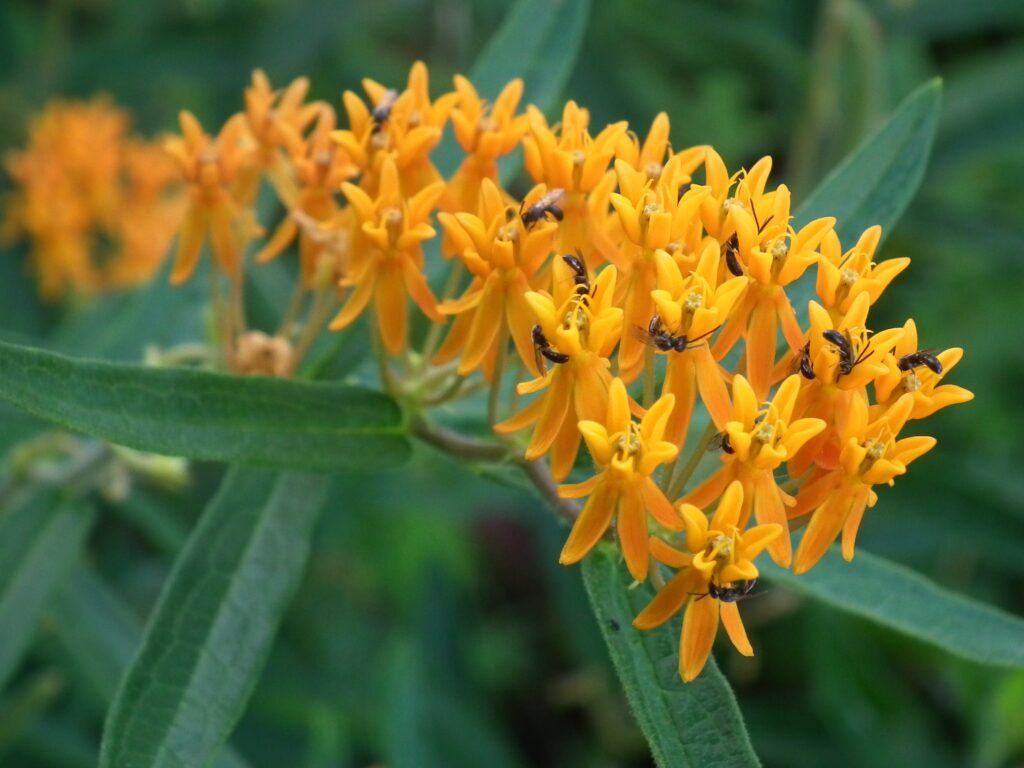
Tiny black bees (probably some species of Chelostoma, but the entomologically inclined are earnestly invited to correct us) enjoying flowers on two slightly different shades of Butterfly Weed (Asclepias tuberosa).
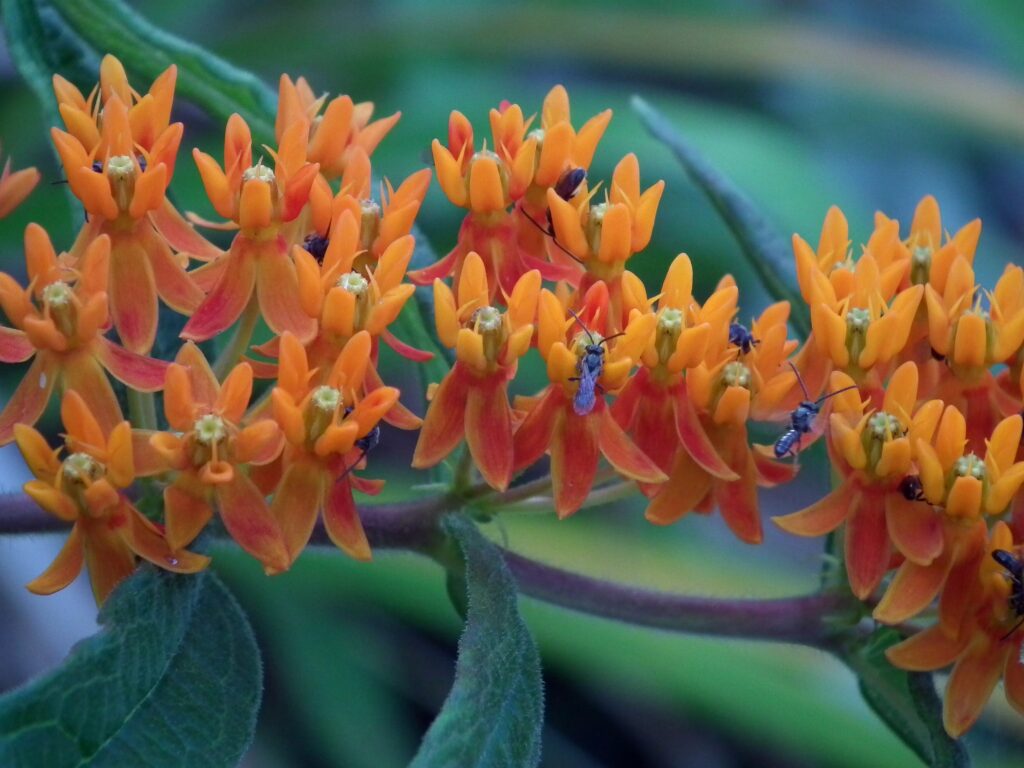
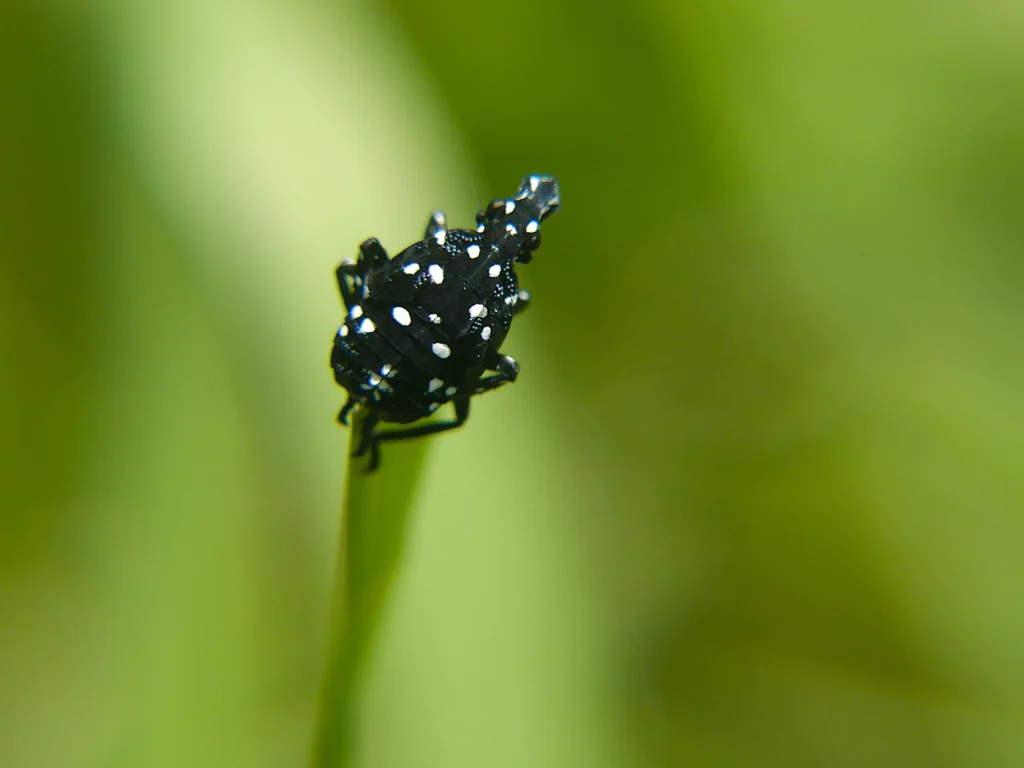
These little black bugs with sporty polka dots are the earlier nymph stage of the spotted lanternfly (Lycorma delicatula), the pest that has invaded Pittsburgh by the zillions and is threatening to kill off our local population of Tree of Heaven (Ailanthus altissima), another invasive pest that is the spotted lanternfly’s primary host. Old Pa Pitt recalls an old Roman saying about the curse of an answered prayer that seems appropriate here.

Father Pitt is fairly certain that the insect enjoying the pollen of this Cosmos sulphureus flower is a Pennsylvania Leatherwing (Chauliognathus pensylvanicus), a common kind of soldier beetle that prefers yellowish flowers that match its own snazzy uniform. He is always delighted to be corrected, however, by someone with more entomological expertise than he has.
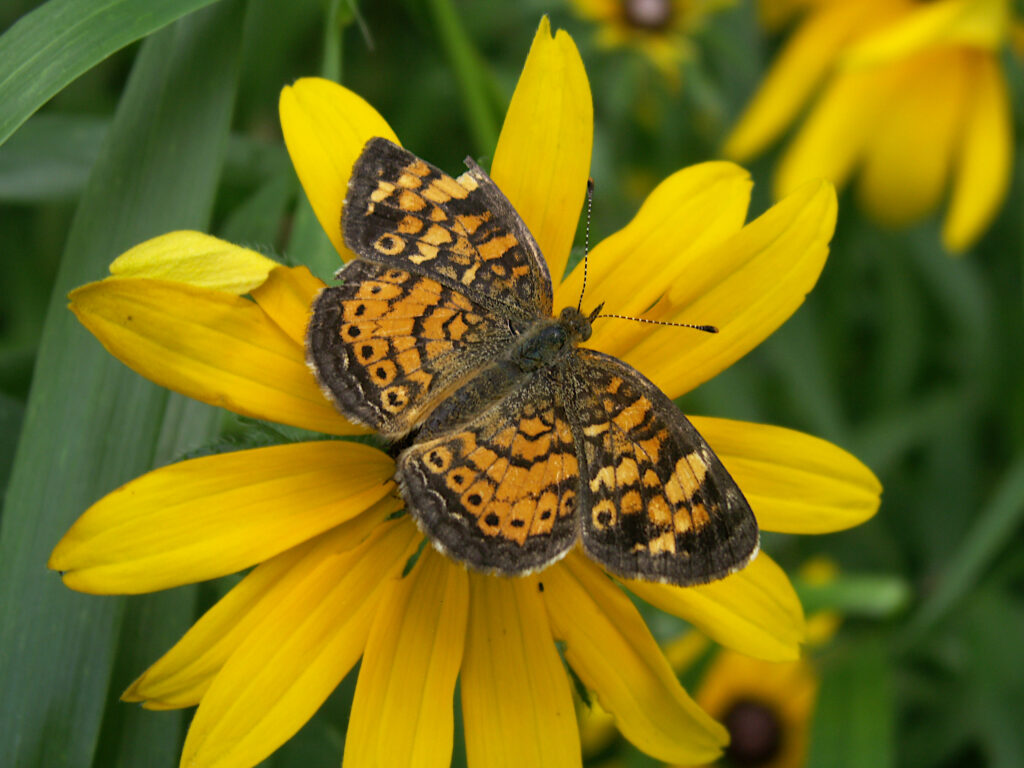
Father Pitt believes this little butterfly is a Pearl Crescent (Phycioides tharos), but he is not an entomologist, and corrections are always received with gratitude. Its slightly damaged wing was not preventing it from enjoying a patch of Black-Eyed Susan (Rudbeckia hirta) in Bird Park, Mount Lebanon.
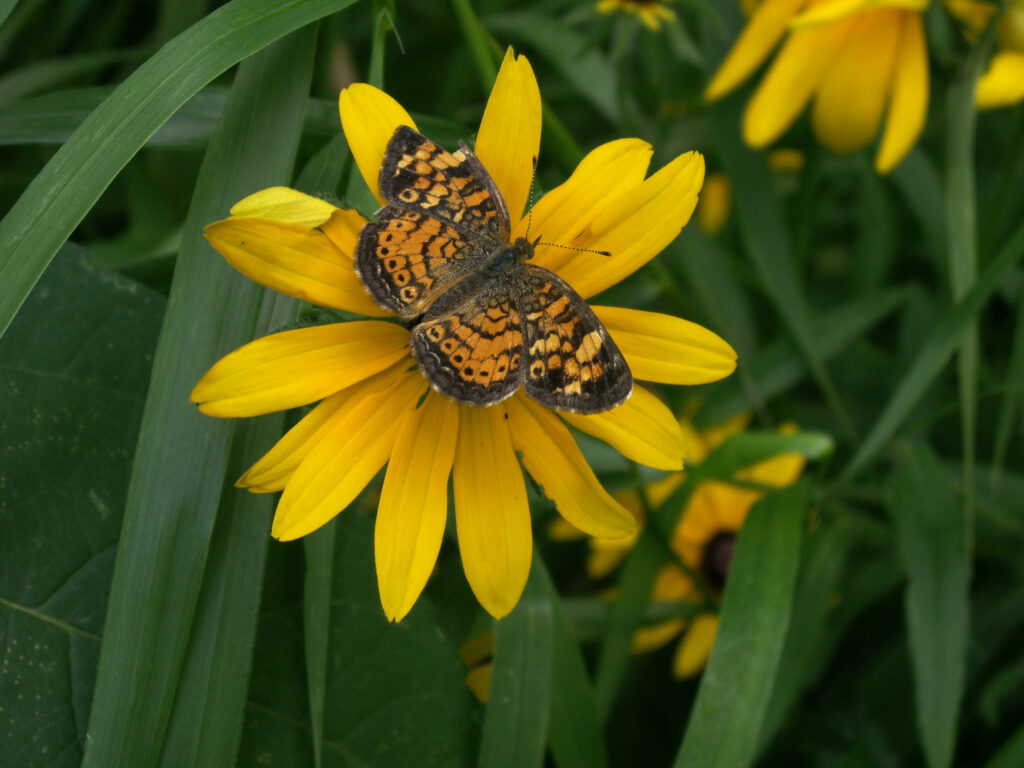
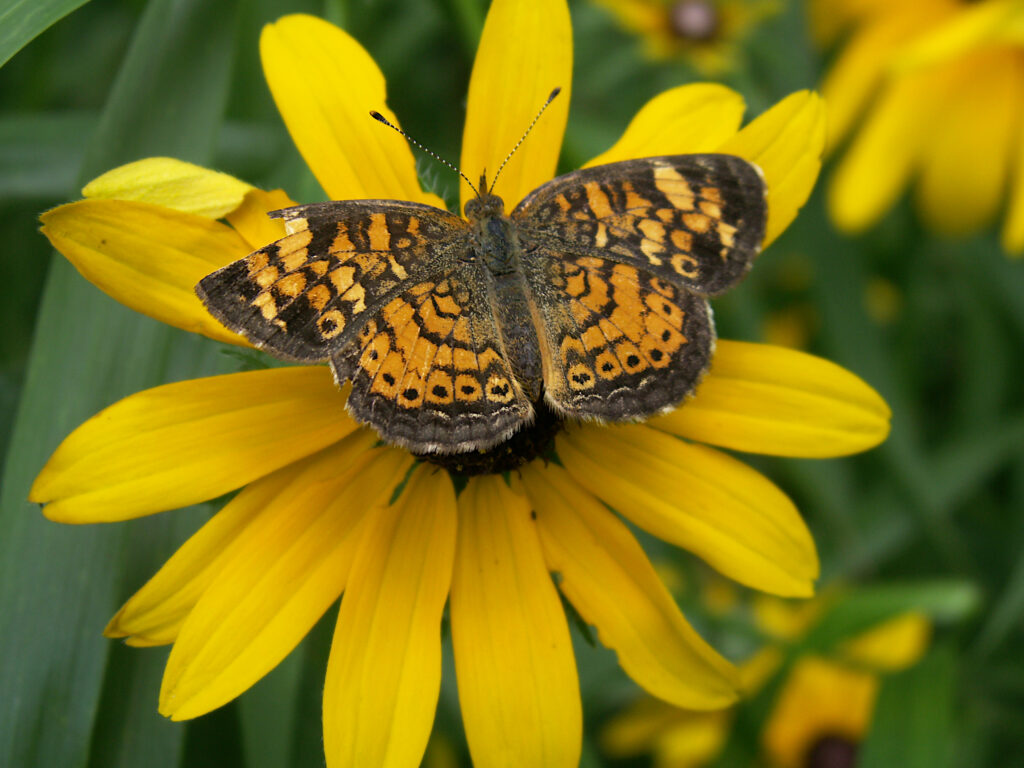

Lycorma delicatula, a beautiful but destructive invader from China. Above we see the adult version; below are three views of the nymph in its late stage (an earlier stage looks similar, but black instead of red).



Allegheny County is in the Spotted Lanternfly quarantine zone, where these pests have become a serious problem. Their favorite host is the Tree of Heaven, otherwise known as Pittsburgh Palm or Tree from Hell (Ailanthus altissima), which is itself a beautiful but destructive invader from China. Spotted Lanternflies were unknown in the United States until 2014; now they are all over Pittsburgh. Although old Pa Pitt is inclined to say they can have as many Pittsburgh Palms as they want, these critters also cause damage to many other trees and vines. If you see one, you know what to do.
Here’s more about the Spotted Lanternfly from the Pennsylvania Department of Agriculture.
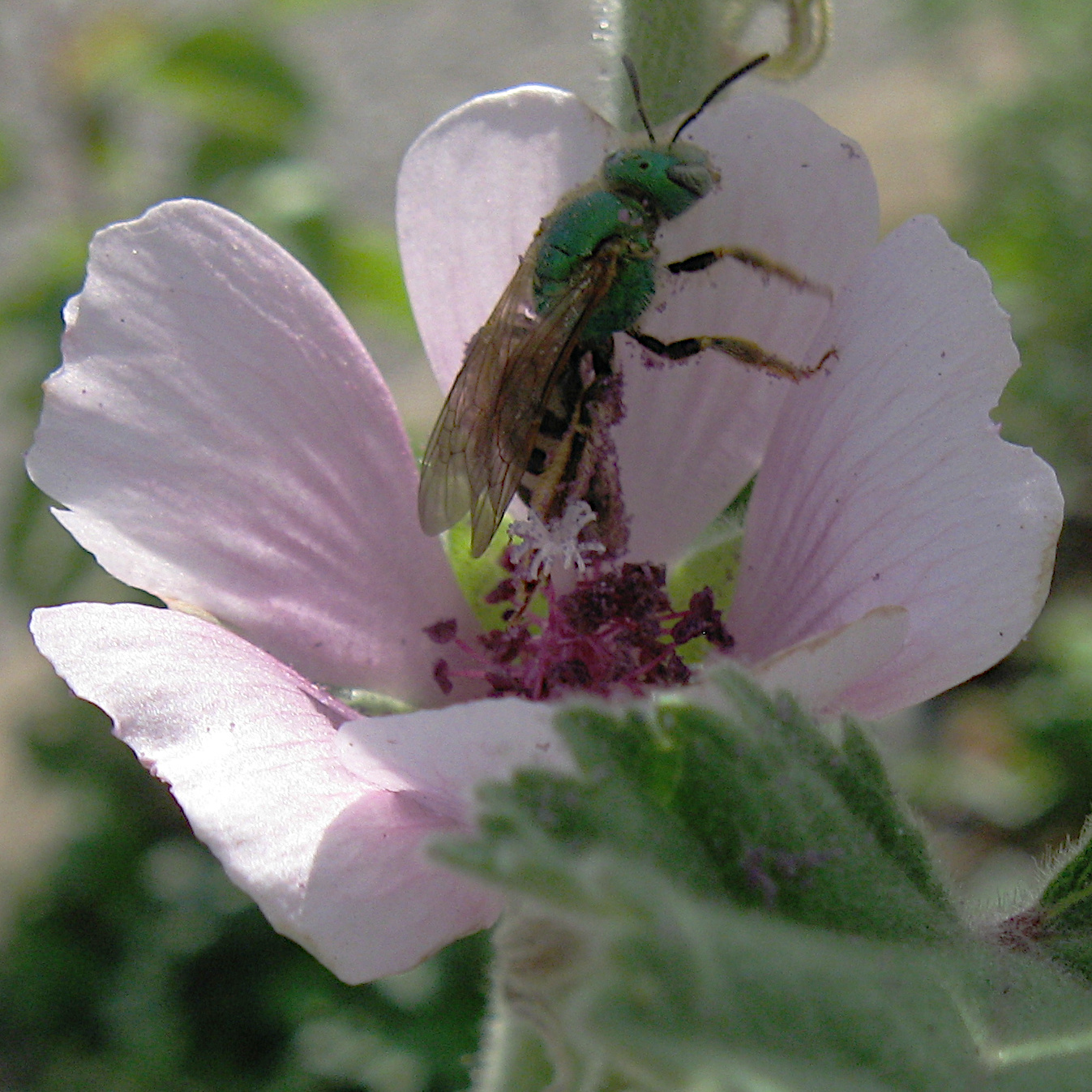
Father Pitt believes this is Agapostemon virescens. The world of entomology is one old Pa Pitt wishes he had entered into earlier; a whole universe of fascinating wildlife surrounds us, and some of these animals are shockingly beautiful. The flower is a Marsh Mallow (Althaea officinalis).
A caterpillar of the Hickory Tussock Moth (Lophocampa caryae) crawls through the leaves.